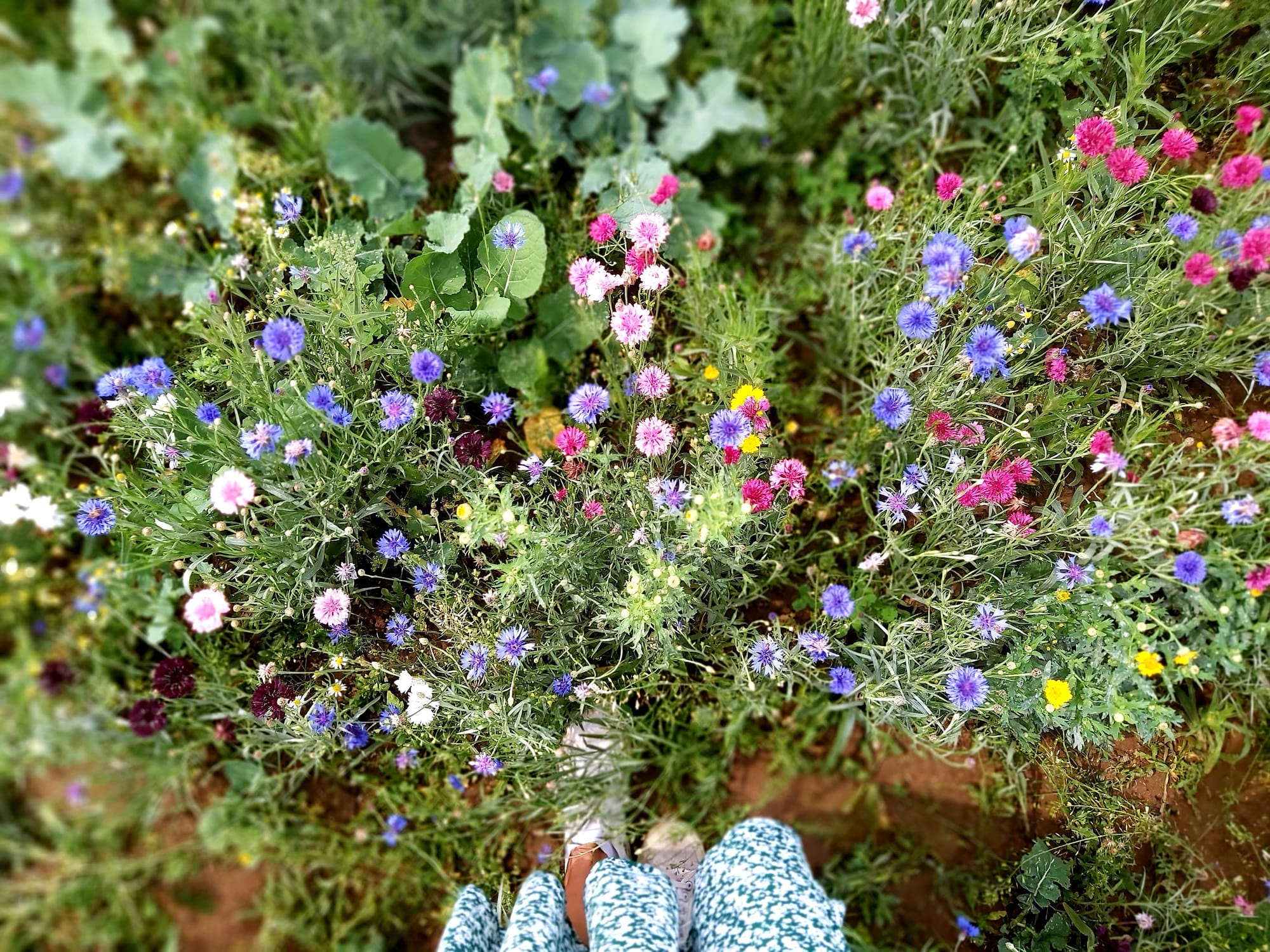Garden Sustainability

With our increasing global temperatures and native declining insect populations, it is more important than ever for sustainability. This includes our gardens too, and there are plenty of steps that you can take.
Use less or no pesticides
By controlling our pests naturally and using less pesticides, we are giving our insect populations more chance to pollinate, recycle nutrients and keep the air, water and food chain thriving. Because of a lack of time, and with clever marketing tactics promoting efficiency, many of us turn to glyphosate (a harmful chemical within pesticide) to rid us of untidy or unwanted plants.
Natural alternative examples
- Companion planting, especially around vegetables and fruit. For example, the pungent scent of French Marigolds will deter aphids.
- Nematodes. These tiny natural parasites help distribute bacteria and fungi through the soil, and are considered an organic biological answer to slugs, vine weevils and ants without using harmful chemicals.
- Scattering coffee grounds. Many insects find it has a pungent smell and steer clear.
- Diluted washing up liquid sprays. This is beneficial on any plants such as rose buds that attract aphids. However, be careful not to spray in the sun, as it will burn the plant.
- Wood ash, sand, crushed eggshell and diatomaceous earth are all good slug and snail repellers. Copper tape around pots are also recommended.
- Hand weeding problem areas, and making sure to remove the entire root.
Opt for a low maintenance garden.
Growing native species of plants and wildflowers in your garden, or even in a small area of it, promotes the pollinating insect populations, such as bees and butterflies.
Buttercups, Ox-eye daisies, Corn marigold, Dock, Cranesbill, Bethany, Clover and Dandelions can be made into stunning garden wildflower meadows. These areas can be left to grow throughout the summer, and mown in autumn to regenerate into spring.
Native species are usually suited to the local environment and so require less water. The hosepipe bans issued from the government are all something we are aware of given the past couple of warm summers.
Make your own mulch and/or compost
Consider making your own bin from recycled pallets - there are plenty of videos on YouTube! Piling discarded plant matter from your garden, with fruit and vegetable waste from the kitchen will attract earthworms to create a rich organic compost.
Collecting leaves from trees and shrubs from lawns can also be added in autumn, but leaving leaves on borders and against walls makes for a richer biodiversity of insects and animals, such as earwigs and hedgehogs.
Shop bought compost - luckily, there is much more of a heightened awareness over peat being a dwindling resource and adding to greenhouse gases, so it is important that you buy peat free compost. Alternatives to peat are coir (coconut fibre), wood fibre and organic matter.